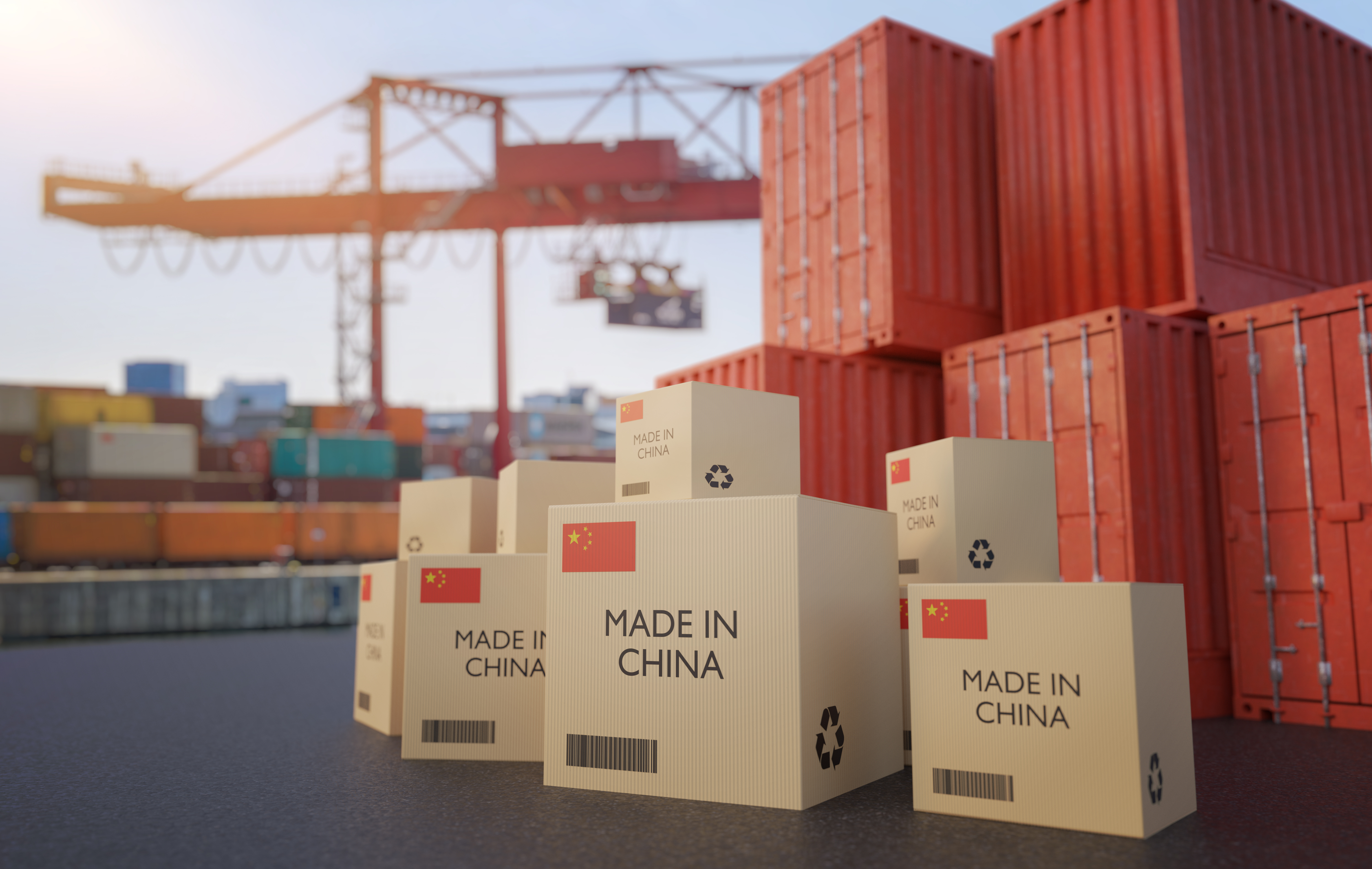In an era defined by rapid globalization and fluctuating economic landscapes, businesses operating in China face a unique blend of challenges and opportunities. As the world grapples with the aftermath of the COVID-19 pandemic, geopolitical tensions, and shifting trade dynamics, understanding the intricacies of the Chinese market is paramount for any organization looking to thrive in this vibrant economy.
Current Global Economic Context
The global economic environment is marked by significant volatility. Inflationary pressures, supply chain disruptions, and rising interest rates have compelled businesses to rethink their strategies. The International Monetary Fund (IMF) projects a slowing global growth rate, which, coupled with uncertainties surrounding energy prices and food security, creates a complex backdrop for international commerce.
China, as the second-largest economy and a critical player in global supply chains, is not immune to these challenges. While the nation has emerged from stringent lockdowns, its economic recovery has been uneven, influenced by both domestic policies and international market fluctuations.
Challenges for Businesses in China
- Regulatory Landscape: China’s regulatory environment is evolving rapidly. Recent years have seen increased scrutiny on foreign companies, especially in sectors such as technology and finance. Compliance with local laws, including data protection regulations and anti-monopoly legislation, poses significant challenges. Businesses must remain agile and well-informed to navigate this intricate landscape.
- Geopolitical Risks: Heightened tensions with Western nations have led to a more protectionist approach in trade policies. Companies may encounter tariffs, restrictions on technology transfers, and challenges in accessing certain markets. This climate necessitates a robust risk management strategy and an understanding of the geopolitical implications of business decisions.
- Consumer Behavior Shifts: The pandemic has altered consumer behavior in China, with a pronounced shift towards online shopping and health-conscious products. Businesses must adapt to these changing preferences, leveraging e-commerce and digital marketing strategies to engage a more discerning consumer base.
- Supply Chain Disruptions: Global supply chains remain fragile, and businesses in China are not exempt from these disruptions. Fluctuations in demand, rising logistics costs, and changes in export regulations can impede operations. Companies need to develop resilient supply chain strategies that emphasize flexibility and diversification.
Opportunities for Businesses in China
Despite these challenges, China offers a plethora of opportunities for businesses willing to adapt and innovate.
- Growing Consumer Market: With a population exceeding 1.4 billion, China boasts a vast and increasingly affluent consumer base. The middle class is expanding, driving demand for premium products and services across various sectors, including technology, healthcare, and consumer goods. Businesses that tailor their offerings to meet the preferences of this diverse market can achieve substantial growth.
- Technological Advancements: China is at the forefront of technological innovation, particularly in areas such as artificial intelligence, fintech, and e-commerce. Collaborating with local tech firms or investing in research and development can position businesses advantageously in an increasingly digitized economy.
- Green Economy Initiatives: China’s commitment to achieving carbon neutrality by 2060 presents significant opportunities in the renewable energy sector. Companies involved in sustainable practices and green technologies can tap into government support and funding initiatives aimed at fostering environmentally friendly growth.
- Belt and Road Initiative (BRI): The BRI represents an ambitious framework aimed at enhancing global trade and economic collaboration. Businesses can leverage this initiative to explore new markets and forge strategic partnerships, particularly in Asia and Africa, where infrastructure development is a priority.
Conclusion
As businesses navigate the multifaceted landscape of China, they must remain vigilant and adaptive to both challenges and opportunities. Understanding the implications of the global economic climate and local market dynamics is essential for informed decision-making. By cultivating a strategic approach that prioritizes compliance, innovation, and consumer engagement, companies can not only survive but thrive in one of the world’s most dynamic economies.
In summary, while the road ahead may be fraught with complexities, the potential rewards in the Chinese market are significant for those willing to invest the time and resources to understand its nuances. The key to success lies in a proactive, informed strategy that embraces change and leverages the unique opportunities that China has to offer.
At TGS Nortex, a member of TGS Global, we understand the complexities of the Chinese market and the challenges businesses face. Our expert team provides tailored solutions in compliance, risk management, and market entry strategies. By leveraging our deep local knowledge and global insights, we empower clients to navigate regulatory landscapes, optimize operations, and capitalize on emerging opportunities, ensuring sustained growth and success in China.




